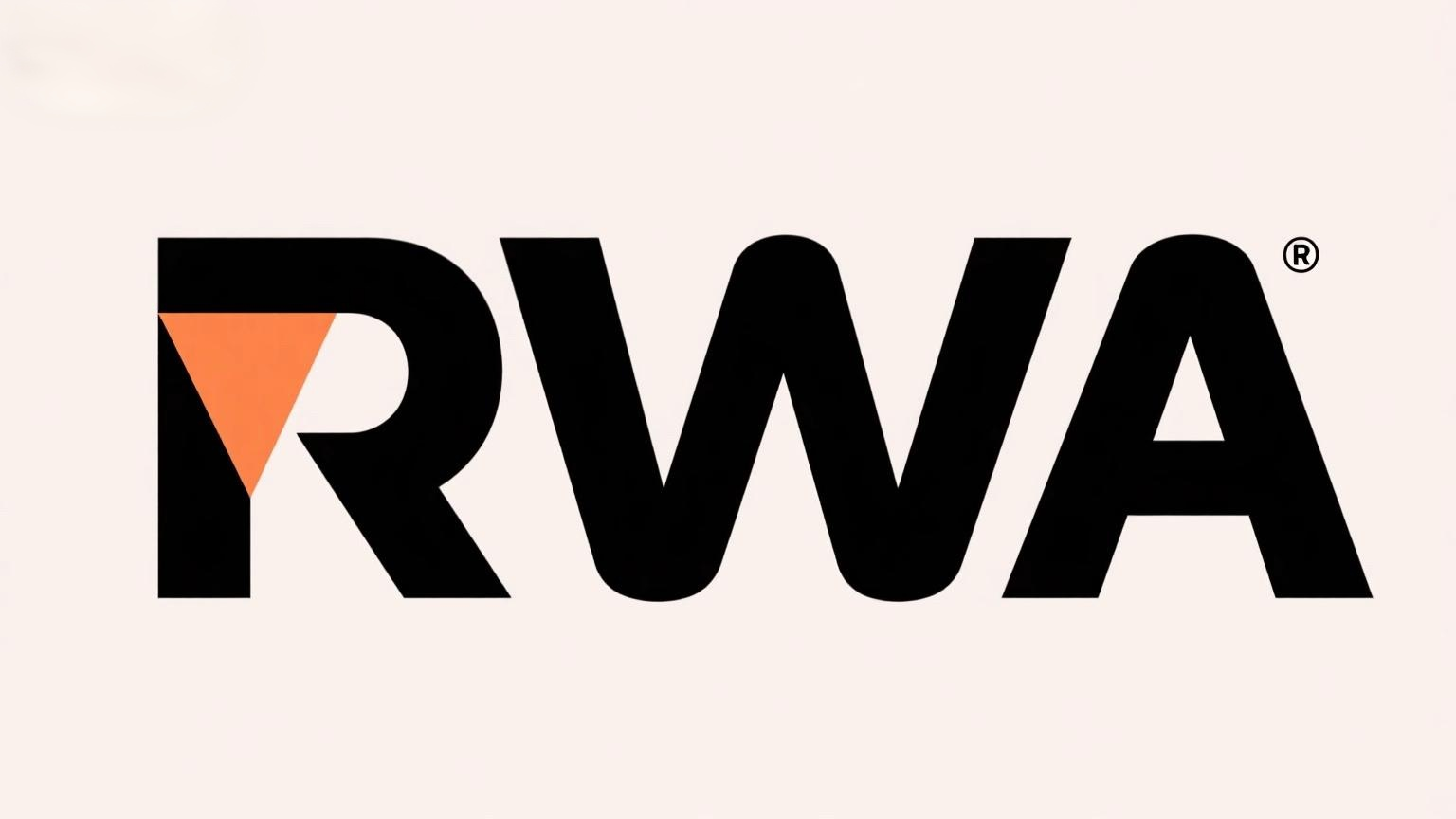
As a bridge connecting traditional finance and the blockchain world, RWA (Real World Assets) has immense potential for future development and is expected to become the next trillion-dollar blue ocean in the digital finance sector. However, on the path to large-scale adoption, RWA still faces numerous challenges, while its macro development trends are becoming increasingly clear.
Macro Forecast and Market Size:
The RWA market is in a phase of explosive growth. According to a report by Deep Tide TechFlow, the tokenized RWA market has surged from $5 billion in 2022 to over $24 billion by June 2025, a 380% increase, making it the second fastest-growing sector in cryptocurrency after stablecoins. Multiple institutions predict that the global RWA market size could reach $30 trillion or even higher by 2030, with PwC forecasting that RWA will create new market opportunities worth up to $1.5 trillion. This growth will be primarily driven by the following factors:
• Accelerated Institutional Adoption:
As traditional financial institutions deepen their understanding of blockchain technology and regulatory environments gradually improve, more traditional giants such as banks, asset management companies, and funds will actively participate in the issuance and investment of RWA.
• Diversification of Asset Classes:
Beyond mainstream assets like government bonds and real estate, more niche and illiquid assets (such as artwork, collectibles, intellectual property, carbon credits, etc.) will enter the market through tokenization, further expanding the boundaries of RWA.
• Maturation of the DeFi Ecosystem:
DeFi protocols will integrate RWA more deeply, offering a wider range of financial products and yield strategies to attract more users and capital.
• Improvement of Technical Infrastructure:
The maturation of infrastructure such as on-chain KYC/AML, oracles, and cross-chain technology will provide strong support for the compliance and efficient circulation of RWA.
Challenges:
Despite the promising prospects, the development of RWA is not without challenges:
-
Legal and Regulatory Complexity:
RWA involves complex issues such as the legal ownership of off-chain assets, the legal nature of on-chain tokens, and cross-border regulatory coordination. Differences in the legal definitions and regulatory attitudes toward RWA across countries and regions increase the compliance costs and uncertainties for RWA projects. Establishing a unified, clear, and internationally interoperable regulatory framework is a key challenge for the large-scale adoption of RWA. -
Custody and Auditing of Off-Chain Assets:
The value of RWA derives from its underlying off-chain real assets. Ensuring the authenticity of off-chain assets, secure custody, and regular independent auditing are core challenges faced by RWA projects. If issues arise with off-chain assets, they will directly impact the value of on-chain tokens and market trust. This requires the establishment of robust legal agreements, trust mechanisms, and third-party auditing processes. -
Liquidity and Market Depth:
Although tokenization can enhance asset liquidity, for certain specific RWAs, their on-chain trading volume and market depth may still be insufficient to support large-scale transactions. Attracting more investors and establishing effective secondary market trading mechanisms are issues that RWA projects need to address. -
Technical Risks and Interoperability:
Security vulnerabilities in blockchain technology itself, smart contract risks, and interoperability issues between different blockchain platforms may all affect the stability and security of RWA. Additionally, the effective implementation of on-chain identity verification (KYC) and anti-money laundering (AML) are technical challenges for RWA compliance. -
Acceptance by Traditional Financial Institutions:
Although some traditional financial institutions have begun exploring RWA, large-scale adoption will still take time. The acceptance of new technologies by traditional financial institutions, adjustments to internal compliance processes, and integration with existing financial systems will require a gradual process.
Opportunities:
-
Promoting Financial Inclusion and Democratization:
By lowering investment thresholds, RWA enables ordinary investors to participate in investment opportunities previously accessible only to high-net-worth individuals, thereby promoting financial inclusion and democratization. -
Enhancing Global Financial Efficiency:
RWA can significantly improve the efficiency of asset issuance, trading, and settlement, reducing intermediary costs. This will bring revolutionary changes, particularly in cross-border payments and trade finance. -
Boosting Real Economy Development:
RWA provides new financing channels and asset management methods for the real economy. For example, by tokenizing revenue rights from charging piles or green energy assets, more social capital can be directed into real industries, facilitating economic transformation and upgrading. -
Innovating Financial Products and Services:
RWA will give rise to more blockchain-based innovative financial products and services, such as fractionalized investments, programmable finance, and automated asset management, enriching the financial market. -
Reshaping the Global Financial Landscape:
The widespread adoption of RWA will gradually blur the boundaries between traditional finance and digital finance, driving the global financial system toward greater openness, transparency, and efficiency, potentially ultimately reshaping the global financial landscape.
In conclusion, RWA is at a turning point from concept to large-scale adoption. Despite the numerous challenges, its immense potential and transformative power for the future of finance cannot be ignored. As technology, regulation, and markets continue to mature, RWA is expected to become a core infrastructure of the digital finance era, bringing new growth momentum to the global economy.
















